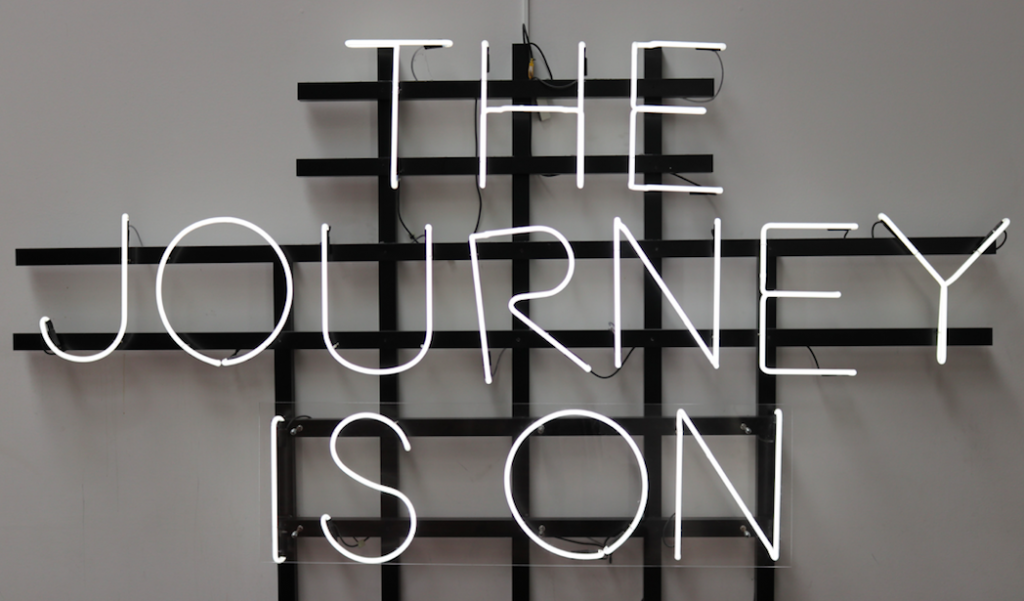As your kids get ready to go back to school (or resume online school), do you wonder what more you can do to help them succeed academically or thrive socially? In her updated 2017 version of her book, Mindset, Carol Dweck, the psychologist who researched and coined the terms “growth mindset” and “fixed mindset,”cautions us that true mindset change requires more than just “picking up a few tricks”. It requires us to take a journey and change our perspective. Before school begins, start that journey and change their (and your) mindset with four steps!
A few of years ago on this blog, we talked about “fixed mindset”, a belief that one’s qualities and abilities are fixed, and that one can’t readily change or grow. This belief leads to problems such as: acting up, perfectionism, and seeking constant reassurance. We explained how adopting a “growth mindset”, a belief that people can learn and improve through effort, can promote learning. We suggested some simple growth mindset practices you could try.
Now seems like a good time to check back in with you about this. Did you try some of the growth mindset practices we suggested? Did you find your situation improved in the short-term, but eventually returned to the way it was before? Have you and your child fallen back into old “fixed mindset” ways of thinking and behaving? Changing behavior can be hard! It’s never too late to restart your journey and change your mindset in four steps.
The Growth Mindset Journey
Dweck outlines the process to change mindset in four steps, summarized below. Read on for an in-depth explanation of each step!
- Embrace your fixed mindset.
- Become aware of your fixed mindset triggers.
- Give your fixed mindset persona a name.
- Educate your fixed mindset persona and take it on the journey with you.
Embrace Your Fixed Mindset
The first step, “Embrace your fixed mindset”, involves becoming aware of your fixed mindset thoughts when they arise, and acknowledging and accepting them for what they are. Many people believe that they can solve their problems and become happier by changing their thoughts. Therefore, when people try to take up a growth mindset, they often try to suppress, replace, or avoid fixed mindset thoughts. However, the principles of mindfulness tell us that trying to change our thinking in this way often makes us think unwanted thoughts even more. It creates more internal struggle.
If you’re not convinced, try this little thought experiment: For a full minute, don’t think about popcorn. Whatever you do, don’t think about popcorn. Try to avoid thinking about it at all costs. Think about bananas instead.
What happened? Did you think about popcorn? Of course you did! That is just the way the mind works. So instead of trying to avoid or change fixed mindset thoughts, try just noticing your fixed mindset thoughts with nonjudgmental awareness. Let them be just as they are. Notice them. Note that they are there. You might say to yourself silently, “I’m having the thought that I’ll never be able to learn this,” or, “I notice I’m having the thought that Jake is never going to get better.” Try noticing your fixed mindset thoughts like this for a few days. It may help to remember, we all have fixed mindset thoughts sometimes. None of us embodies a growth mindset 100% of the time.
Become Aware of Your Fixed Mindset Triggers
In the second step of this journey, “Become aware of your fixed mindset triggers,” we start to identify when our fixed mindset shows up. Maybe your fixed mindset kicks in when you take on a new challenge, when you’ve failed at something, or when you hear about someone else doing something (like baking a cake or writing a report), a lot better than you can. For a week or two, notice whenever your fixed mindset is triggered and write down the situation that sets off your fixed mindset thinking. Then review your list of triggers and note any patterns. You may find that you have a number of fixed mindset triggers, but that there are some triggers that you are especially sensitive to. This is helpful information. You can use it as you continue on with your journey.
Give Your Fixed Mindset Persona A Name
For the third step, Dweck recommends you give your fixed mindset a first name and think about how your fixed mindset impacts your life and others. Some of you may find giving your fixed mindset persona a name to be helpful, but if this doesn’t feel right to you, skip it. Just be sure to spend time thinking deeply about how your fixed mindset affects your life and others in your life in different ways.
If your family, friends, or co-workers who you interact with regularly are going on a growth mindset journey with you, you can sit down together and discuss how each person’s fixed mindset persona affects them as well as everybody else in your group. Alternatively, you can spend some time writing about the effects of your fixed mindset in a journal. However you choose to do it, see if you can approach this step with an attitude of curiosity and kindness. Perhaps explore why your fixed mindset has taken hold. Often, a fixed mindset develops to protect us from rejection and harm. Our mind tries hard to protect us!
Educate Your Fixed Mindset Persona and Take it on the Journey with You.
For the last step, we continue to be aware when we have a fixed mindset thought and accept it for what it is. We begin to apply our new understanding of our fixed mindset as we go about our daily lives. Begin a silent, internal dialogue with the fixed mindset part of you. When the fixed mindset shows up, try to empathize with it. Thank it for its input. Tell it you’d like try something a little different and and ask it if it’s willing to bear with you as you try a different way. If you’re working on adopting a growth mindset alongside others, you can help each other. When you find yourself becoming judgmental of others’ skills or abilities, let them know that your fixed mindset is active. When either of you fall into a fixed mindset, you can ask each other for support.
Don’t Lose Sight of the Journey
So now you’re on your way! As you continue along this path, know this: Often when people start to change their behavior and notice improvement, they think the improvement will stick around without any additional effort on their part. They stop doing the things that caused the improvement. Then the situation gets worse again!
As with any kind of behavior change, to see lasting change, we need to continue to do the things that help. Dweck advises us that change requires commitment, as well as time, effort, and support from others. When you find your motivation decreasing or your behavior slipping, gently remind yourself why you embarked on this journey. Be kind to yourself and remember we all misstep from time to time. Then revisit the process outlined here and step back on the path to growth and learning! Bon voyage!
Debby Urken, LMSW is a child and family therapist at Intuition Wellness Center in Tucson, AZ. To schedule an appointment, please fill out an online request .
At Intuition Wellness Center, we specialize in health and wellness services for children, young adults, and their families. If you think you would like some extra support, we’re here for you.
By Debby Urken, LMSW; Child & Family Therapist at Intuition Wellness Center



